Kenya travel itinerary - A wildlife guide for 10 days
There is a reason why the slogan of Kenya is “Magical Kenya”.Kenya is home to the most amazing animals in the world and breathtaking landscapes.
If you are looking at how to plan your 10-day Kenya itinerary, you have come to the right place. If you are feeling overwhelmed about how to choose your safari operator, you have also come to the right place. If you are debating on which park to choose over another or looking for practical tips, I also have your back! Along the article, I will share things that I would have changed in my trip.
This itinerary is wildlife-centric meaning that we are glancing over several parks. We did not add a stop to the coast or to the popular Diani Beach, we preferred to visit more national parks. The article also sprinkles some fun Nairobi stops. Here's a meticulously crafted Kenya itinerary for 10 days to ensure you make the most of your time in Kenya.
Are you ready to embark on an exhilarating journey during your 2 week Kenya safari itinerary?
Psst: When travelling to see wildlife, you should abide by these simple rules, I did a whole IG post about it, go read it!
Your Kenya itinerary 10 days
Nairobi: 2 days
Maasai Mara National Reserve: 2 days
Lake Nakuru National Park: 1 day
Lake Naivasha: 1 day
Ol Pejeta Conservancy: 2 days
Amboseli National Park: 2 days
Kenya travel itinerary details
Nairobi
Nairobi is a cool city to visit for around 2 days. The city has a great restaurant and nightlife scene for you to enjoy. We stayed 5 days in total because the hubby was working. I was on vacation and did a few day trips even then, I thought that 5 days was way too long.
On your first full day in Nairobi, you should do:
Visit Nairobi National Park
Giraffe Center
Sheldrick Wildlife Trust or Nairobi Safari Walk
Do some souvenir shopping at Ocean Sole
On your second day, I would suggest the following:
Do a city tour
Visit a museum
Things to do in Nairobi
Nairobi National Park
This is a surreal park. Where else can you see free-roaming wildlife with city skyscrapers in the background? This National park is within the city limits and is close to the airport. The park has lions, rhinos, giraffes, zebras, wildebeests, buffaloes, hippos and crocodiles, to name a few animals. Despite the park's small size, it's home to a remarkable bird population that runs to more than 500 species.
I saw a rhino chasing some lions so he could be left alone and not be the next meal. I found that the park was a bit too crowded, the tour guides were getting really close to the animals and were circling them. I wonder how this affects them.
The park is small-ish so don’t expect to spend the whole day there. I think this is more of a half-day trip. The entrance fee to the park is USD$43.
Nairobi Safari Walk
This is a lesser-known activity to do and doesn’t come up in a lot of the main suggested attractions. I chose to do this stop since I did not reserve the tickets for the Sheldrick Wildlife Trust on time.
The Nairobi Safari Walk is located within the Nairobi National Park. It offers visitors an opportunity to experience a taste of Kenya's rich wildlife and diverse ecosystems in a compact and accessible setting.
The main goal of the Nairobi Safari Walk educational facility is to promote awareness and appreciation of Kenya's wildlife and conservation efforts. You can learn about various animal species, habitats, and conservation challenges facing Kenya and the wider East African region.
Different trails wind through different habitats, including savannahs, wetlands, and forests. You will see different animals and plants. The animals are rescued and rehabilitated animals that you can see up close. These enclosures house animals such as cheetahs, lions, leopards, and various bird species.
The entrance to the park is US$22 per person.
The Giraffe Centre
The center is a renowned conservation and educational center dedicated to the protection and preservation of the endangered Rothschild's giraffe species.
The center plays a crucial role in breeding, raising awareness, and advocating for the conservation of giraffes and their natural habitats.
You can feed and interact with the resident giraffes from a raised platform. Visitors can hand-feed giraffe pellets specially formulated for their diet while learning about giraffe behaviour, ecology, and conservation efforts. These are the same giraffes from the popular Giraffe Manor so if you don’t have the budget to splurge on this stay at least you will see the same tall friends.
You can stay as long as you like in the park and it only costs $15. The center is open from 9 am – 5 pm daily and there’s no need to book in advance.
Ocean Sole
Ocean Sole is a registered non-profit, whose mission is to clean polluted beaches and provide careers to Artisans in high-impact communities. They collect flip-flops found on the beaches and through their process transform them into amazing artwork in the form of animals. This is a great souvenir to bring back home! We bought a rhino for our home and we both 2 pieces for our parents. They are located in Karen Village a Media, Art, innovation & Culture hub with over 25 studios. Unfortunately, we arrived at closing time so we did not have a chance to see the other studios.
City Tour
Take a guided city tour of Nairobi to explore its landmarks and historical sites. The main highlights include the Kenyatta International Conference Centre, Parliament Buildings, Uhuru Park, and the vibrant streets of downtown Nairobi. I did a tour with Urban Adventures. It wasn’t the best tour I’ve taken but it did allow me to dig deeper into Kenya’s history. The tour also takes you to the Kenya National Archives Museum and the National Peace Memorial Monument.
Museums
The Kenya National Archives Museum has different exhibitions and displays that showcase key aspects of Kenya's history, culture, and heritage. These exhibitions may cover topics such as the struggle for independence, the formation of the Kenyan nation, traditional customs and rituals, cultural diversity, and contemporary issues facing Kenyan society.
Nairobi National Museum shows Kenya's rich cultural and natural history. It has exhibits on archaeology, paleontology, ethnography, and wildlife, including the famous fossil discoveries of early hominids found in Kenya's Rift Valley. I didn’t love this museum, I found it was trying to do many things at once resulting in a superficial level. If you are on the fence about visiting, maybe you can skip it. I enjoyed the Kenya National Archives Museum more.
The Peace Memorial Museum also known as the National Peace Memorial Monument commemorates the tragic terrorist events of 7th August 1998. The museum aims to promote peace, reconciliation, and remembrance of the Al-Qaeda attack. These exhibits include artifacts, photographs, documents, and multimedia. I found this museum really well done and does a good job at unifying visitors over a tragic event.
Other popular attractions that we did not visit are:
David Sheldrick Wildlife Trust is located within a section of Nairobi National Park, the Sheldrick Wildlife Trust is a rescue, rehabilitation, and reintroduction center for orphaned elephants. The trust operates the world's most successful orphan elephant rescue and rehabilitation program, providing round-the-clock care for orphaned elephant calves who have been separated from their herds due to poaching, human-wildlife conflict, or other causes.
To visit the elephant orphanage, you will need to reserve 3 months in advance so visit your website and mark your calendars for when you need to reserve. The entrance to the park is US$20 per person.
At the center, you will see the public feedings of the young elephants and learn more about the mission of the trust.
Bomas of Kenya aims to show traditional Kenyan culture and heritage. There are live performances of traditional music, dance, and storytelling from various ethnic groups across Kenya, as well as displays of traditional homesteads and artifacts.
Karen Blixen Museum is located in the suburb of Karen, the Karen Blixen Museum is housed in the former home of Danish author Karen Blixen, best known for her book "Out of Africa." The museum offers a glimpse into Blixen's life and the colonial era in Kenya, with displays of her personal belongings, photographs, and memorabilia. Visitors can explore the beautifully preserved house and gardens, which served as the setting for Blixen's memoir.
Maasai Market is the place to buy your souvenirs it shows the vibrant arts and crafts scene where you can browse stalls selling traditional Maasai beadwork, textiles, wood carvings, jewelry, and more.
Kazuri Beads Factory shows how handmade ceramic beads are crafted by local women artisans. Learn about Kazuri's social enterprise model, which provides employment opportunities for disadvantaged women in Kenya.
Where to eat and drink in Nairobi
The capital has an amazing restaurant and bar scene.
The Kilimanjaro Restaurant serves East African cuisine. Popular dishes include Nyama Choma (grilled meat), Pilau (spiced rice), Ugali (maize porridge), Mshikaki (skewered meat), and Chapati (flatbread), among others. This is the perfect place to taste local cuisine, if you don’t know what to order, just ask the waiters for a recommendation. Whatever you choose to order be sure to try some delicious chapati on the side! They also have fresh juices. The portions are big and perfect to share. The prices are also very affordable. This place is perfect for lunch. The are multiple locations in the city.
About Thyme is a modern and cozy restaurant with an extraordinary terrace. The cuisine is a mix of European and Asian with a few local dishes.
The Alchemist is a cool outdoor-ish place that mixes boutiques, food trucks, live music, open-air cinema, DJs, and ping pong all in one. The Mama Rocks burgers are delicious. If you are looking for souvenirs then you should go to the Made in Kenya shop here which sells all kinds of locally made goods, such as jewellery, clothes, shoes and food.
If you are a cocktail snob, then Hero Bar is the place for you to go. It is #68 on the list of the World Best Bars in the world, the only bar in Kenya. The bar is tastefully decorated with comic book themes. They have fun superhero murals and their menu is a comic book with its own story. The bar is located on the ninth floor of the Trademark Hotel which offers nice views of the city.
The cocktail menu features sections for heroes, sidekicks, villains (shooters), zero-abv ("law enforcement") and low-abv ("parole"), with fun names. The drinks are worth all the hype.
On the food side, they have delicious sushi and other Japanese-inspired dishes.
If you are looking for delicious gins, Kenya Originals (KO) is the place to go. KO offers craft gins, ciders, tonics and iced tea. The company has a tasting room where you can sample their products. At the bar, you can do a gin flight tasting, order a G&T or do the gin experience to create your own gin. Yes, you read that right, you can do your own gin! We did an orange flavour one and called it Rhino Gin. You get to bring the bottle home. For the gin experience, you will do a short gin-tasting to identify the flavours that make up the popular spirit. They give you the base ingredients and plenty of flavours to add. The whole experience lasts 2 hours and you will need to reserve this activity. The bar decor is colourful and funky and the staff is super friendly.
You can enjoy the gins with a selection of delicious bitings from the popular Peppertree restaurant.
Beer District is the classic craft beer tap with great live music. The menu has pub food and small-batch craft beers, like the hoppy Sandtrap, a fan favourite with notes of mango, berries, and orange.
Where to stay In Nairobi
We stayed in the Best Western Meridian, it was very central and convenient. Nothing luxurious or noteworthy.
Getting around Nairobi
Uber is used everywhere and we did not have any issues during our trip. In fact, there was a day we were stuck in traffic for hours and we kept receiving Uber notifications asking us if we were safe because we had not arrived at the destination and we were not moving.
The Uber rides are typically under CAD $10.
For your first day itinerary, you can choose to do the park on your own by renting a car or you can choose to do it as part of a tour. I chose to do it on a private tour. The day tour usually includes three 3 stops (Nairobi NP, Sheldrick (if you have your tickets) and the Giraffe Center)
Maasai Mara National Reserve - Wildlife Wonderland
Maasai Mara National Reserve is the most well-known park and is famous for the wildebeest Great Migration between the parks of Maasai Mara and Serengeti National Park in Tanzania. The great migration is the crossing of millions of wildebeest, zebras, eland and gazelles across the crocodile-infested Mara River. The animals do this twice a year in July and October.
The park is home to the legendary Big Five – lions, elephants, buffaloes, leopards, and rhinos. The park has plenty of all types of animals. Besides the great migration, the reason why everyone goes to the Maasai Mara is because you have a big chance to see different types of animals in abundance.
Personally, I also found this park to be very crowded. My advice is that if you are not going during the migration, skip it. Our guide thought the same thing.
During our time in the famous Maasai Mara, we stayed at Enkorok Mara Camp. It is just outside the park a short 5 minutes to the gate. Despite being officially outside the park, there is no fencing, so wildlife still roams around the camp. We had zebras and pumas outside our tent one night.
The tents at Enkorok Mara Camp were spacious, and well-equipped, offering an authentic safari experience. The camp is very eco-friendly and operates on a solar power system.
The drive between Nairobi & the Maasai Mara is around 6 hours. You will enjoy an afternoon game drive when you arrive.
Lake Nakuru National Park - Flamingo Haven
Bid farewell to the Maasai Mara and journey to Lake Nakuru National Park, famed for its shimmering lake adorned with thousands of pink flamingos.
Nakuru National Park is located in the Rift Valley region. The lake inside the park is a designated UNESCO World Heritage site and is home to hundreds of thousands of flamingos and pelicans, which is a sight to behold.
Explore the park on game drives to spot rhinos, giraffes, and myriad bird species, including the endangered Rothschild's giraffe and the elusive leopard. Take a moment to absorb the breathtaking views from Baboon Cliff and be sure to go to the Makalia waterfalls.
I had lunch at Lake Nakuru Sopa Lodge, the views were breathtaking.
I did this as a day tour from Nairobi. It is around 3 hours away from Nairobi. I found it a bit too long for a day trip, I suggest adding it to your bigger itinerary since 6 hours in a car is a bit long.
Lake Naivasha - Zebras Galore
Your safari adventure continues to the Great Rift Valley which is a huge scar which features towering cliffs, gorges, volcanoes, sulphurous lakes and the lake town of Naivasha.
The lake is home to many animals, its more famous residents are the hippo families. Its placid shores are visited by giraffes, zebras, hyenas, bush pigs, various bucks and plenty of birds.
The main excursion is to see the hippos up close-ish by boat and to arrive at Crescent Island where you can explore the Nature Reserve by foot. This is a unique opportunity to see zebra and giraffe VERY close. They are used to humans. One of the guides told us that originally the animals were brought for the filming of “Out of Africa” and the production left the animals here, they multiplied over the years claiming this territory as their own.
We stayed at Lake Naivasha Sopa Lodge. The amenities of the hotel were amazing with good food. The main selling point of this lodge is that it has zebras and antelopes roaming free on the premises. You can just sit on the park bench or in the comfort of your balcony and see the animals roam as they please.
Lake Naivasha was one of my preferred stops!
Amboseli National Park - Majestic Mount Kilimanjaro
Our guide kept raving about Amboseli during the totality of our trip, he kept saying the park was magical and I can say that Amboseli National Park is the most magical place of them all! You can see the Kilimanjaro and hundreds of elephants! I’m not kidding, we got to see multiple large herds of elephants and soo many babies!
On a clear day, you will be able to see unrivalled views of Africa's highest peak, Mount Kilimanjaro. We did not have that luck.
Spend two days traversing the park's vast plains, framed by the snow-capped summit of Kilimanjaro. The park is known for big elephant herds, you will see herds with around 20 elephants, very impressive. You will also have an excellent chance of seeing lions, cheetahs, hyenas, zebras, buffaloes, giraffes, wildebeests and many gazelles while you're here. With 420 bird species recorded, it's also a great place for birding.
We stayed at the Kilima Safari Camp, which was an upscale tent with all the amenities. It was all very comfortable and luxurious.
Ol Pejeta Conservancy - Rhino Conservation
The last stop of this Kenya safari itinerary is the impressive conservancy that focuses on the protection of white rhinos. The Conservancy is fully committed to bringing back white rhinos from the brink of extinction. There are only 2 white rhinos left in the world and with the help of the scientific community, they hope this will NOT be the end of this race. The work they do is remarkable and worth getting to know their mission.
They also have a chimpanzee sanctuary which is associated with the Jane Goodall Institute. Commonly sighted mammals include lion, cheetah, hyena, elephant, giraffe, buffalo and zebra. More than 500 different bird species have been seen in the conservancy and the savannah and mountain views are lovely.
The Conservancy also has plenty of educational activities like meeting the rhinos, doing a guided bush walk or lion tracking.
If I were to go back to Kenya, I would stay here longer to do more of their activities. Their conservation work is very impressive.
Here is a little Q&A for you
How to choose your tour operator?
I’ve been on a safari twice (one in Kenya and one in South Africa) and I find this part always super stressful and overwhelming. There are soo many tour operators with soo many different offerings, how to make sure you are making the right choice? I had a bad experience on a tour and I was left a little shaken so I determined not to make the same mistakes again.
I have boiled it down to a few tips.
Read the reviews very carefully if it is not a super well-known company.
See how they respond to your requests
If you are looking for an additional experience, can they add it? Ol-Pejeta wasn’t in the company go-to itinerary we requested to be added and this was done without a problem.
What are the security measures?
Ask to be in contact with the offices by WhatsApp during your trip. We had great service from the office, they always checked in if we had a good service and if we were having a good time.
Read the reviews of the hotels and lodges that they are proposing.
Is the company local or foreign? I would suggest going with a local one.
We did our trip with Morning Star Safari. I really enjoyed the experience with the tour guide and all the services provided before, during and after the trip.
Self-driving, a tour or a private tour?
I’ve never done a self-driving safari so I cannot share my experience with you however, this is a very free itinerary, you will have to book everything yourself. On a tour, you will be with other people but everything will be taken care of. This option is usually cheaper than a private tour.
On a private safari tour, this will usually be a turn-key experience meaning that they will take care of booking everything and driving you to all of your stops. The guides will know where to stop along the road and they are very knowledgeable about the animals and their behaviour. All the guides are friendly with each other meaning that they share tips on where the animals are. Like the name says, you will be on your own.
What is the budget?
This question is a little hard to answer since it all depends on the accommodations that you choose and the mode of transportation.
We had mid-range accommodations and we did all the transportation by car in a private safari. The average price for this type of travel will be around USD $300 per person per day.
If you are going to see great migration the prices are probably higher.
Traveling from one park to another by plane will save an enormous amount of time but the price also hikes. If you have the budget, I would suggest doing a part of the trip by plane to the further parks.
Which parks to choose?
We did a lot of stops and I found that our itinerary was very dense with a LOT of driving. I would maybe suggest doing fewer parks and staying longer in some parks.
If I had to choose between Lake Nakuru and Lake Naivasha I would choose Lake Naivasha. I really like the hotel we stayed because of the Zebras and bucks running free. You can use the time here to unwind and relax a little. Or you can choose to go to the Hells Gate National Park
I found Amboseli simply stunning with all the elephants and Kilimanjaro, for me, is a must-do.
I really liked Ol-Pejeta and wished I had stayed longer or maybe did a safari with them. Their conservation efforts are impressive and deserve to be funded. They have a lot of activities.
I would maybe skip the Maasai Mara and take this time to add it to Amboseli and Ol-Pejeta.
Of course, there are other parks that we did not do, after all having limited PTO, you need to choose carefully how to spend your days. The other parks are Tsavo West and Tsavo East which is Kenya's largest national park and Samburu known to be close to Mount Kenya. We did not choose them because they were too far from the other activities.
Practical tips
Visa
Canadian and American citizens can obtain a visa upon arrival at major entry points in Kenya, including Jomo Kenyatta International Airport in Nairobi and Moi International Airport in Mombasa. The visa on arrival allows for stays of up to 90 days for tourism or business purposes.
Alternatively, you can apply for an eVisa before their trip through the Kenya eVisa portal. The eVisa allows for a single entry into Kenya and is valid for tourism, business, or medical purposes. The process involves completing an online application, paying the visa fee, and receiving an electronic visa approval letter via email, which must be presented upon arrival in Kenya. We did this and it was very easy and fast.
Power
Kenya used Type G Plug. They are the plugs with three rectangular prongs in a triangular pattern. The plug is designed to fit into Type G sockets, which are commonly used in the United Kingdom, and Ireland. So don’t forget your plug adapter to convert your device's plug to fit into Kenyan sockets.
The standard voltage in Kenya is 240 volts AC, with a frequency of 50 Hz.
CURRENCY
The currency of Kenya is the Kenyan Shilling, abbreviated as KES.
Credit cards are widely used everywhere.
They also have a payment system called M-Pesa. It is a mobile phone-based money transfer, financing, and microfinancing service launched in Kenya in 2007 by Safaricom, Kenya's leading mobile network operator. The "M" in M-Pesa stands for mobile, while "Pesa" is Swahili for money. Do you have to get MPESA as a tourist? No. We did not need but it was clear that sometimes it was the preferred method of payment.
Tipping
Tipping is not obligatory in Kenya, but it's appreciated for good service. In restaurants, a service charge may already be included in the bill, so it's worth checking before tipping extra. For other services, a small tip of around 10% is customary if the service is satisfactory.
On your safari, the tipping guideline is US$10.00 per day per person. Do calculate this in your travel budget it is an important income for the tour guides.
WHEN TO GO
The dry season, which typically runs from late June to October, is considered the best time for wildlife safaris in Kenya. During this period, vegetation is sparse, making it easier to spot animals congregating around water sources. Additionally, the Great Migration of wildebeest and other animals occurs in the Masai Mara from July to September, offering a unique wildlife spectacle.
Birdwatching enthusiasts may prefer to visit Kenya during the rainy season, from November to April, when migratory bird species arrive in the country. Wetlands and national parks become havens for a wide variety of bird species during this time, making it an ideal period for birdwatching tours.
To avoid crowds and high tourist season prices, consider visiting Kenya during the shoulder seasons, which are typically from November to mid-December and from April to May. During these times, you can still enjoy favourable weather conditions while experiencing fewer tourists at popular attractions.
We went at the end of June and it rained a little, it was a great time to visit.
TAP WATER
While some areas of Kenya have relatively safe tap water, it's generally recommended that travellers drink bottled or purified water to avoid the risk of waterborne diseases.
Safety
Kenya is not very dangerous, however, do follow the safety precautions as anywhere else. I would suggest that in Nairobi do not have your phone in your hand while walking on the streets.
Vaccinations
You need to have been vaccinated against Yellow Fever to enter Kenya as Kenya has a risk of Yellow Fever. You’ll need to bring your yellow vaccination certificate with you to Kenya as proof of your vaccination.
There are other recommended vaccinations that you have before your trip do check them before leaving.
Medication
Kenya has a risk of malaria. Therefore it’s advised that you take anti-malarial medication for the duration of your stay in Kenya. The pills usually give tummy aches so be sure to bring something like Pepto-Bismol. Not everyone tolerates the pills so I’d recommend talking to a medical professional about which medication is right for you.
That was a lengthy post. Thanks for sticking to the end! Do you have other questions that I did not answer? Let me know below!
DO YOU LIKE THE CONTENT? WHY NOT HELP ME BY BUYING ME A VIRTUAL CUP OF TEA?
PIN IT FOR LATER!
Everything you need to know to plan you 10-day Kenya itinerary #Kenya #Safari #safariKenya #Kenya itinerary
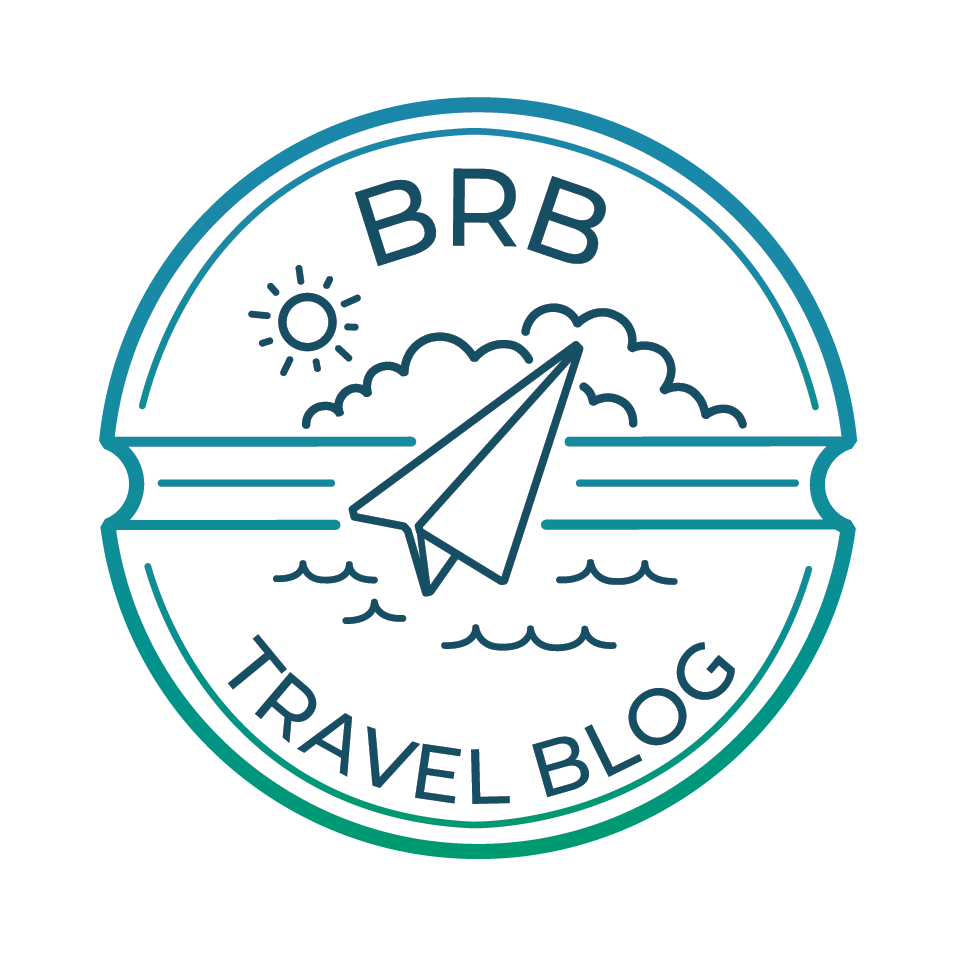












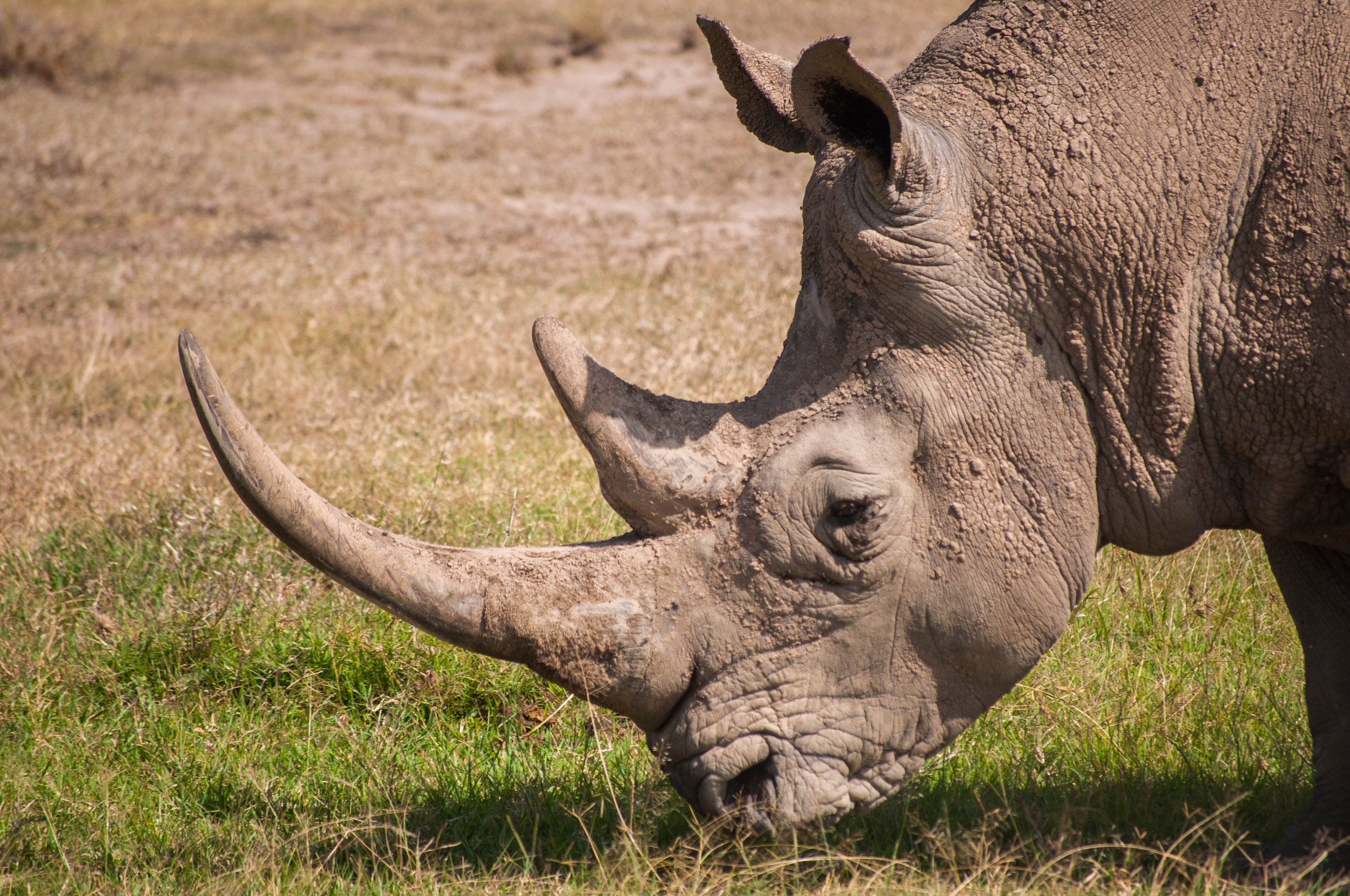
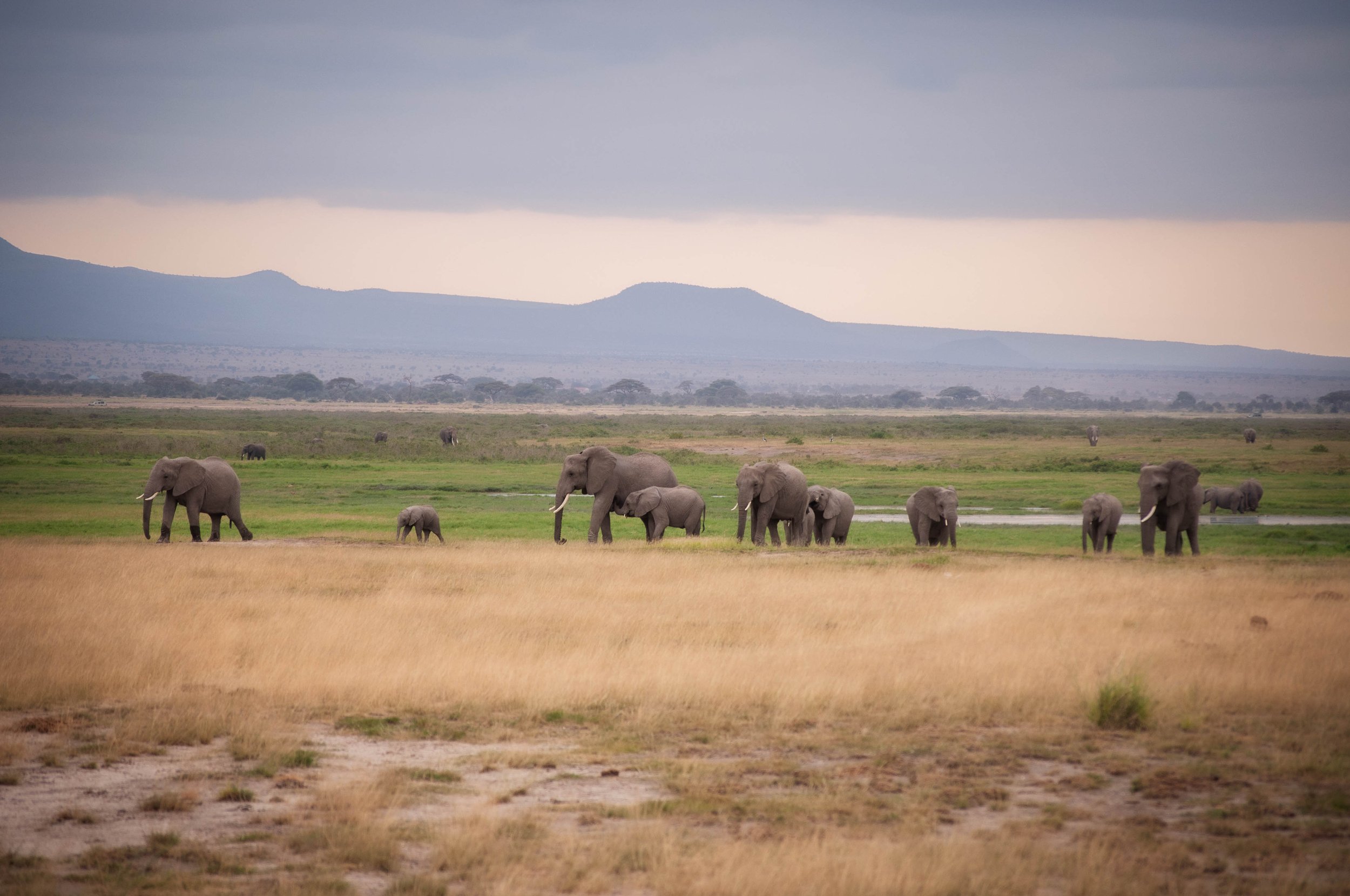

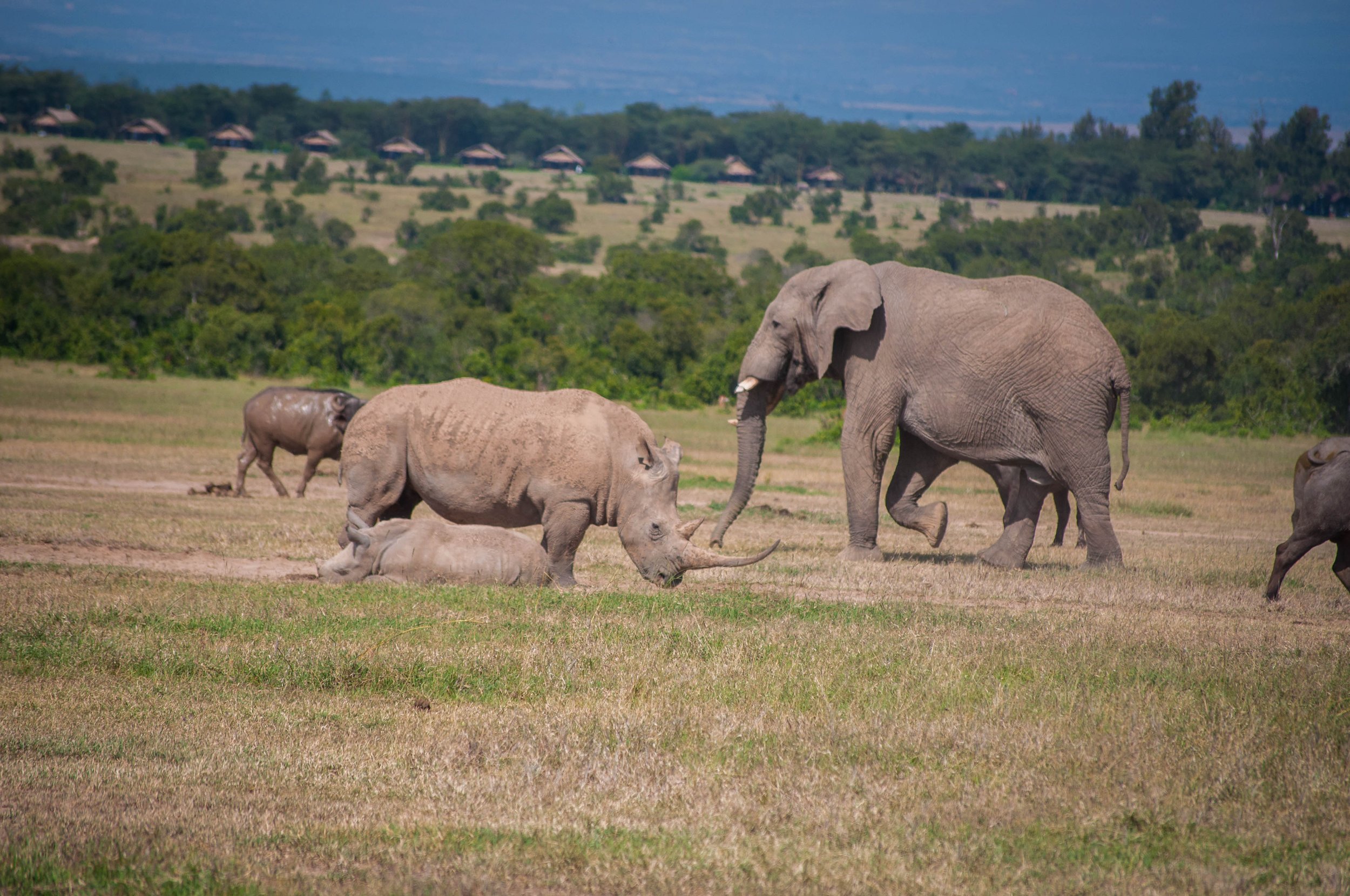


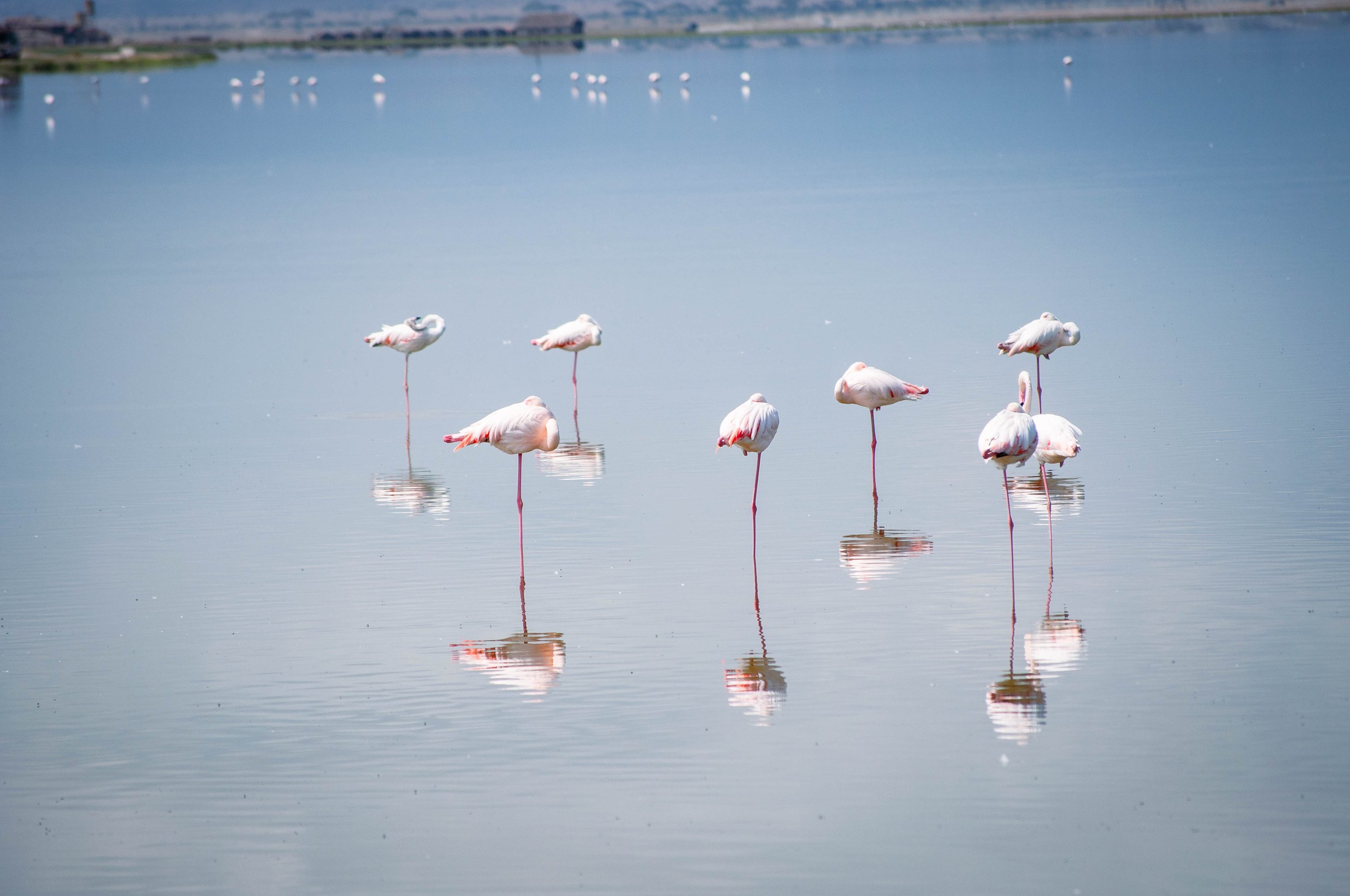
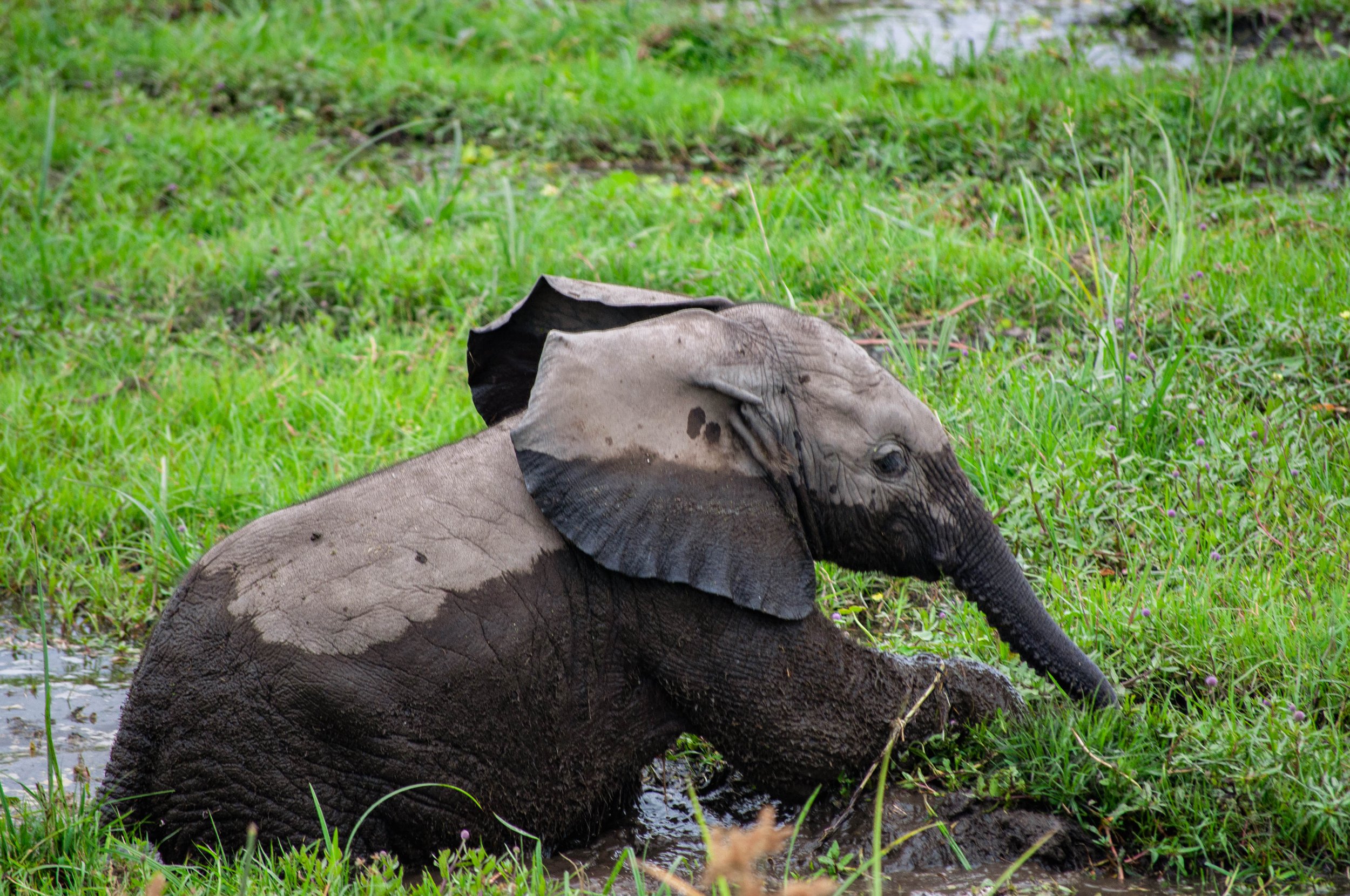



If you are looking at how to plan your 10-day Kenya itinerary, you have come to the right place. If you are feeling overwhelmed about how to choose your safari operator, you have also come to the right place. If you are debating on which park to choose over another or looking for practical tips, I also have your back! Along the article, I will share things that I would have changed in my trip.